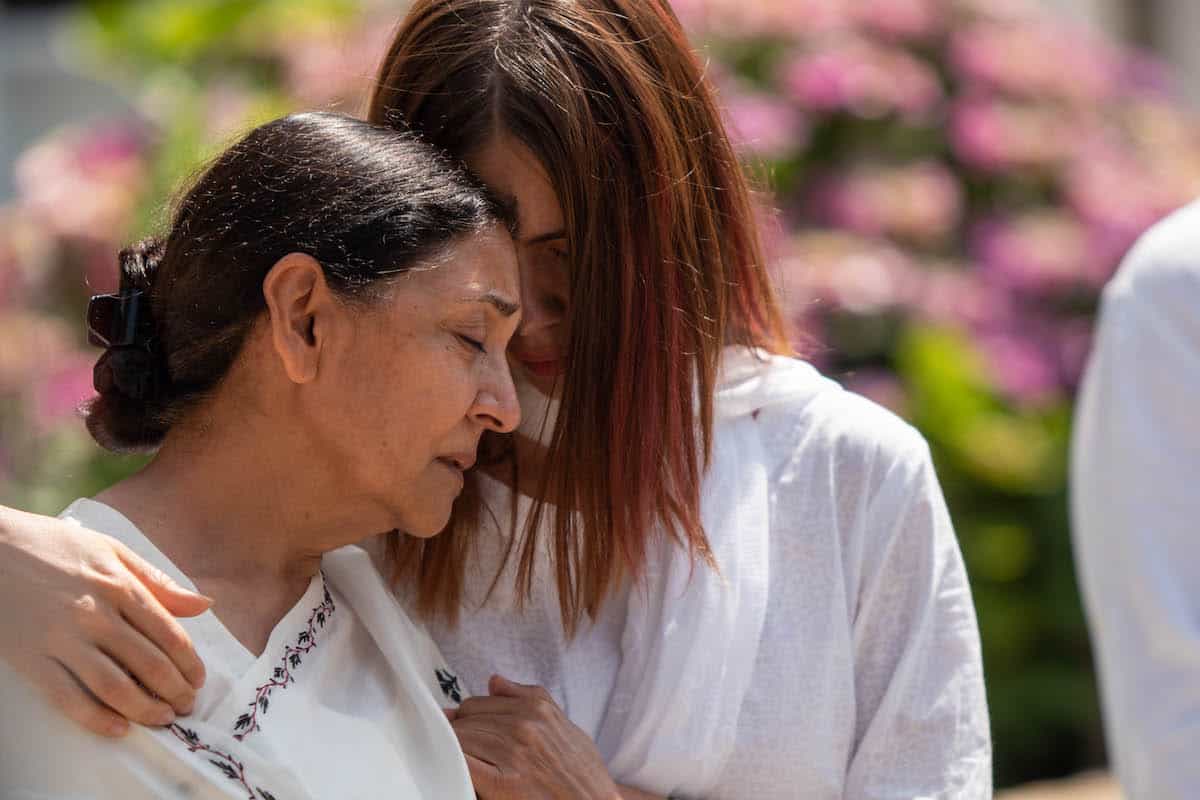By Rachit Raj
Pati Patni Aur Woh makes no claims to be a deep, insightful study of the fragility and insecurities of an arranged marriage. It simply tries to be a simple, enjoyable, commercial movie with actors playing characters they have played in their previous movies. Sadly, this light-hearted take on adultery fails to even do that.
Kartik Aryan as Abhinav Tyagi plays the role of a man frustrated with the girl he is with yet again. The screenplay by Mudassar Aziz (adapting the 1978 movie of the same name) gives at least two moments to Abhinav where Aryan can come out and be his character from Pyaar Ka Punchnama. The first rant (the one at the root of all controversy), remains offensive despite a change of word. But more importantly, these rant feel forced, catering to the actor’s fan base more than the storyline.
Married to Vedika (Bhumi Pednekar), a feisty woman who loses her charm as their marriage ages, Abhinav is smitten by Tapasya (Ananya Panday), a “modern” girl who stands in Abhinav’s life as a juxtaposition to his “traditional” sari-wearing wife. Tapasya becomes a trigger for Abhinav to yearn for more from life than what his comfortable but monotonous life with Vedita promises.
He lies to continue his friendship with Tapasya, painting his wife in bad light so that he finds a soft spot in Tapasya’s heart. The story, from then on, follows a predictable line of events until the filmmaker give a surprise twist in the end (from the original Pati Patni Aur Woh) that one can see coming from a mile away.
The biggest problem with the movie is its inherently misogynistic gaze at women. The film tries to derive laughs out of a man’s unapologetic attempts to cheat on his wife, and that in itself is a problematic space to enter. Humour is an important political tool, and when you make jokes around a man ranting about a sense of claustrophobia in marriage as a validation for finding love away from your partner, you are not only misusing adultery as a subject far too casually but also setting a precedence that is too dated and regressive to be accepted in 2019.
The film runs on strange binaries. Tapasya as the modern girl is strictly seen in western clothes while Devika, the clichéd gharwali is restricted to sarees that make Pednekar look beautiful, but not beautiful enough to dilute the visible physical charm that Panday’s character brings in Abhinav’s life.
As performers, every actor does their bit fairly well. Kartik Aryan does nothing different here, rerunning his previous roles, which is honestly becoming a drag to watch now. Bhumi Pednekar shines despite having the weakest character, especially in the latter half of the movie where she aces the broken yet resolute act (reminiscent of Karishma Kapoor’s character in Biwi No. 1). Ananya Panday, much like her debut movie, has little to do in the movie except look beautiful. She looks wonderful and has an easy screen presence. However, much like her debut, she shines in the subtler moments of the movie. She is especially good in a scene involving a chance encounter with her ex-boyfriend she was engaged to before calling it off. The standout here, though, is Aparshakti Khurrana as Fahim Rizvi, Abhinav’s best-friend. He gets the best dialogues in the movie and shines with the kind of ease that seems to be a Khurrana specialty.
Away from its obviously misogynistic tone and an offensively silly and simplistic take on adultery, the reason Pati Patni Aur Woh falls is because the movie is not entertaining enough to make you look past its dodgy politics. Films like Garam Masala and Welcome did that because the audience laughed throughout the runtime of those movies, leaving the theatre fulfilled. Pati Patni Aur Woh never promised an insightful take on adultery, but it promised entertainment, and in its inability to provide that, it becomes a bland remake of a movie that should have been left untouched in the cabinet of 1970’s.







Leave A Comment
You must be logged in to post a comment.